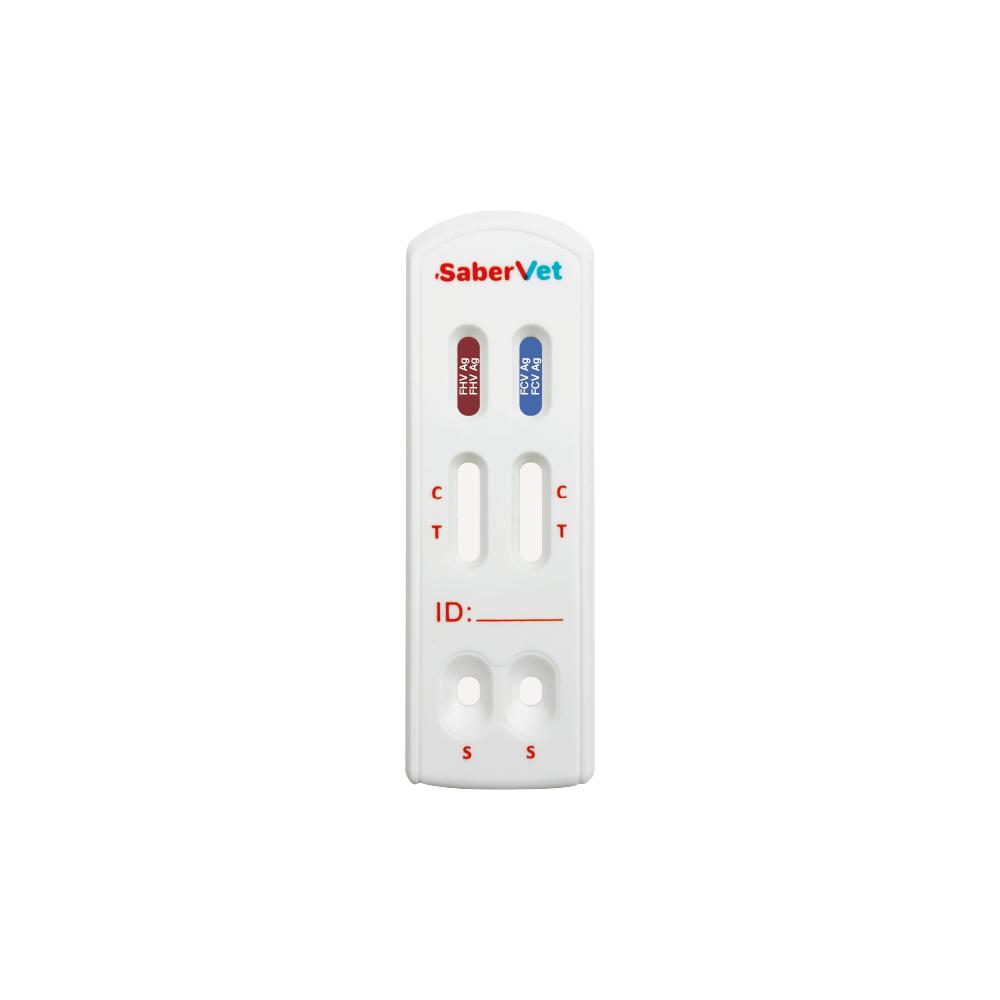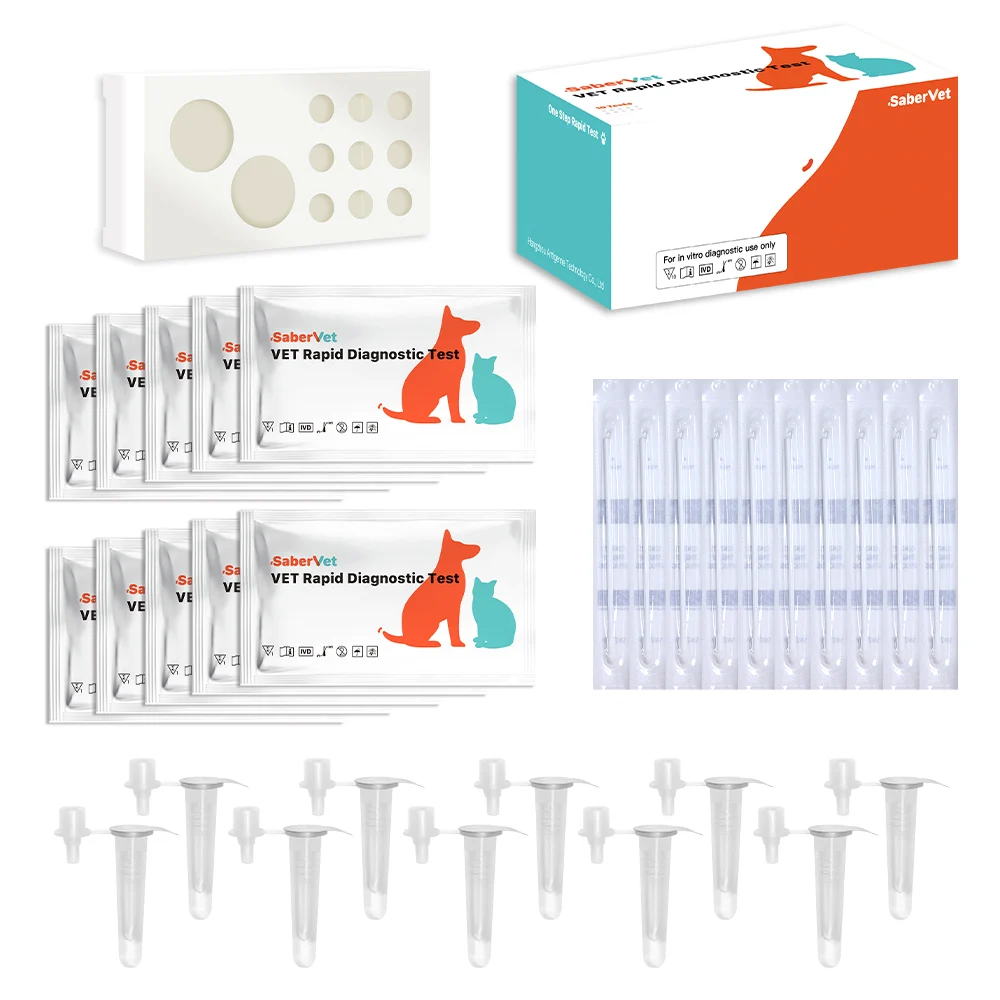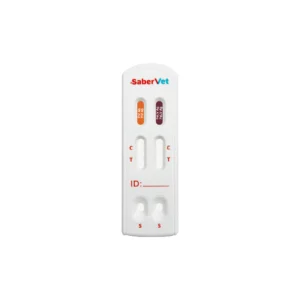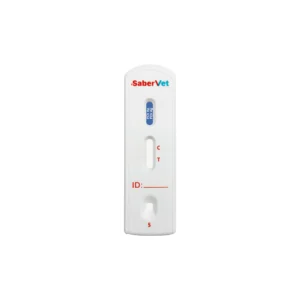Description
Upper respiratory tract disease (URTD) is a common clinical problem in cats. There are a number of pathogens that cause this condition, the main ones being feline herpesvirus (FHV) and feline calicivirus (FCV). Other pathogens, including Bordetella bronchiseptica and Chlamydia, also cause upper respiratory tract infections in cats, but Chlamydia mainly causes conjunctival infections.
Both FHV and FCV are important pathogens for upper respiratory tract infections in cats.FHV usually causes upper respiratory and ocular signs, with dendritic ulceration of the cornea a characteristic feature of the infection.FCV causes acute oral and upper respiratory tract signs, with oral ulceration usually suggestive of a disease. Oral ulcers in cats are usually indicative of FCV infection, which may also lead to signs of lameness.
Although vaccines against FHV and FCV (feline triple vaccine) are commonly used in kittens, both viruses are still prevalent in cats. Some studies have shown that the risk of infection with FCV and FHV is related to the sex, age, and breed of the cat.
A few years ago China Agricultural University conducted a statistical analysis of FCV and FHV infections in cats in Beijing, and statistics related to FCV and FHV infections have been reported in other countries and regions.Mireia Femandez et al. screened cats with and without respiratory symptoms for FHV in the Spanish region in 2016, and the results showed that the incidence of FHV was 18.5 per cent.
In other surveys, the range of prevalence of FHV varied widely depending on the housing environment of the respondents and the clinical status of the cats, with FHV positivity ranging from 4.5% to 76.3% in surveys of domesticated cats with clinical signs in Japan, the United States, Australia, and Italy. In contrast, the incidence of FHV in China is 26.3%, which is relatively low compared to other countries.
The prevalence of FCV has been previously reported to vary from 0% to 29%. The detection rate of FCV or FHV in cats with respiratory symptoms was as high as 60.2%, which on the one hand suggests that cats with upper respiratory diseases have a very high risk of being infected with FCV or FHV, and on the other hand, suggests that 40% of the cats with respiratory symptoms were infected with other pathogens or etiological factors in addition to FHV and FCV.
Therefore, we have developed a rapid diagnostic test for cats with respiratory symptoms using cat secretions as an effective means of identifying respiratory pathogenic microorganisms in cats with FHV and FCV.
As Antigenne moves forward with its vision of revolutionizing animal disease detection, the launch of its brand, Itgen, marks a significant milestone in the company’s journey. With six years of industry experience, Antigenne has built a solid foundation of knowledge and expertise in developing efficient and accurate diagnostic reagents.
The creation of Itgen not only reinforces the company’s commitment to quality and innovation but also serves as a testament to its unwavering dedication to improving animal health and welfare.Together, we can make a difference. Contact Antigenne now and let’s unlock the future of animal health.








